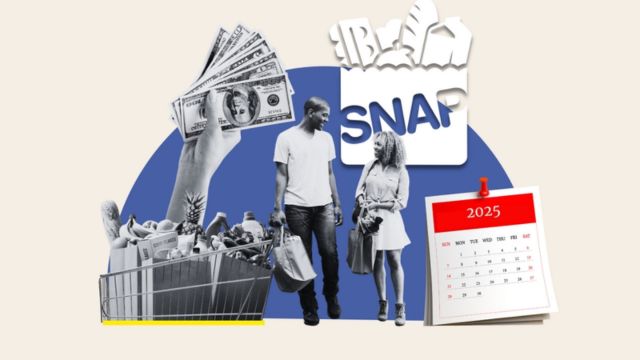The next Supplemental Security Income (SSI) payout is set for May 1, 2025, according to government sources. When the first of the month comes on a weekend or a federal holiday, payment is made on the prior working day. For example, the June 2025 benefit, which was previously slated for Sunday, June 1, will be distributed on Friday, May 30.
The SSI calendar indicates that payments are made on the first of each month. If this date does not fall on a working day, the deposit is made the day before. More than 99% of recipients receive the money directly into their bank accounts, while those who do not register their financial information with the Social Security Administration (SSA) receive a physical check.
The next SSI payment could be up to $1,450
According to the SSA’s Monthly Statistical Snapshot for February 2025, published in March of the same year, there were 7,414,000 people receiving SSI in the United States. Of these, 4,888,000 were sole recipients of the program, while 2,526,000 coupled it with other Social Security benefits. The figure comprises senior citizens, people with disabilities, and youngsters in critical medical condition.
The federal payments for 2025 will include a 2.5% cost-of-living adjustment (COLA) that was implemented since the last payment in December 2024. Starting in January, the monthly maximum values will be increased to $967 for single individuals, $1,450 for eligible couples, and $484 for “essential persons” living with the primary recipient.
The “essential person” item is no longer available for request, although some recipients still have it because they were authorized to receive that amount while it was still active.
Who can receive SSI benefits?
To be considered “eligible” to receive SSI funds, applicants must meet stringent conditions. These include being at least 65 years old, legally blind, or having a proven impairment that limits employment activities for more than 12 months. Furthermore, income and financial resources cannot exceed certain limits: $2,000 for individuals and $3,000 for couples, excluding a major property and a car.
Interested individuals must file a formal request with the SSA, allowing the verification of their financial and personal information. Immigration status is also important: only US citizens or legal residents in designated categories may apply. After being accepted, beneficiaries are required to disclose any changes in their income, housing, or family situation.
The program prioritizes those who live in all 50 states, Washington, D.C., or the Northern Mariana Islands and do not stay in government-funded institutions like hospitals or jails. Failure to follow these regulations may result in a temporary or permanent suspension of benefits.
This SSA initiative was also satisfied by the agency’s approved 2.5% COLA hike for the entire fiscal year 2025. Since 1975, SSI has applied these increases annually, with the exception of 2010, 2011, and 2016, when there were no increases due to low or negative inflation.












